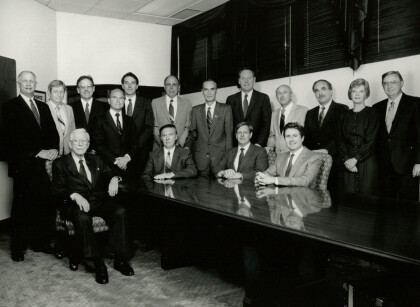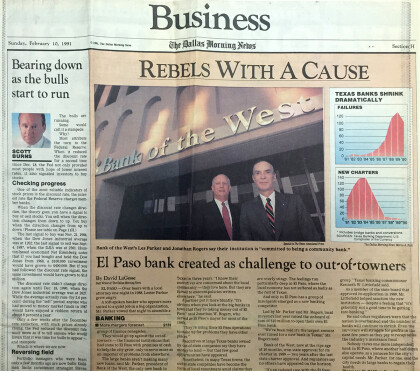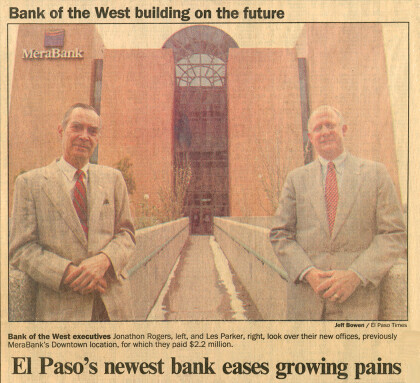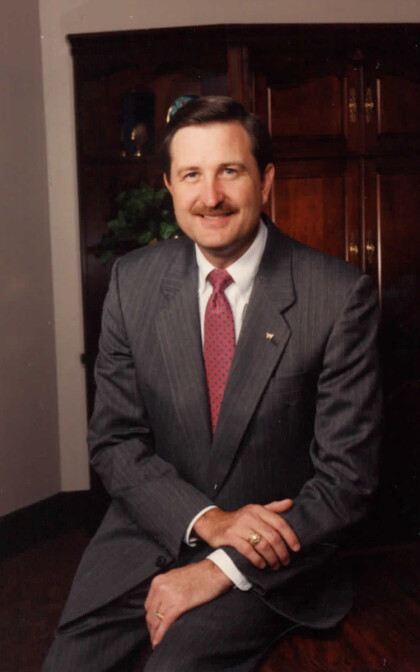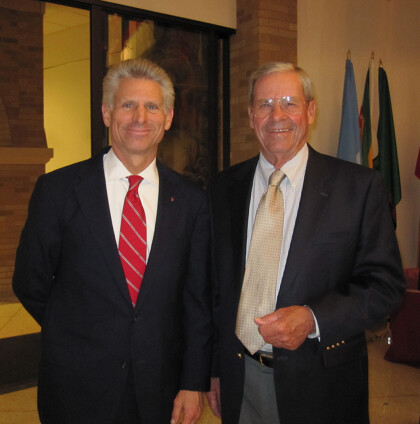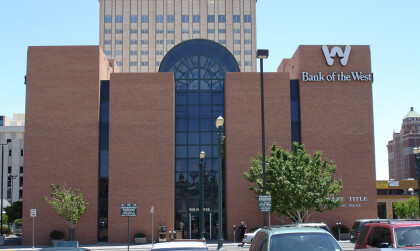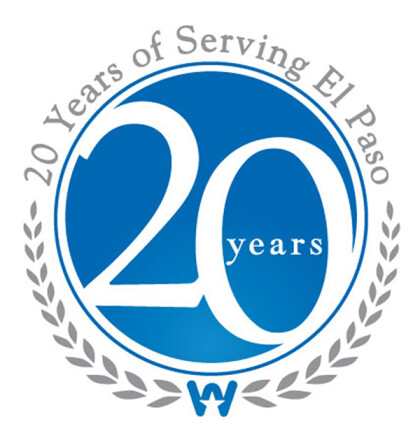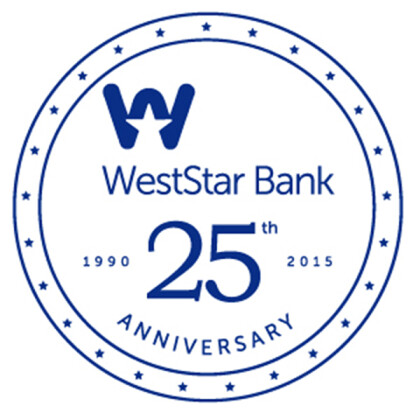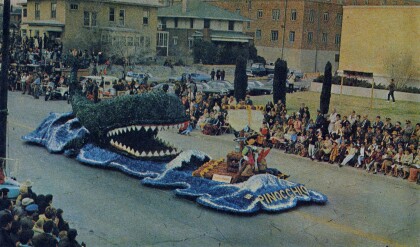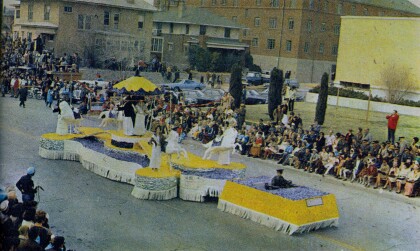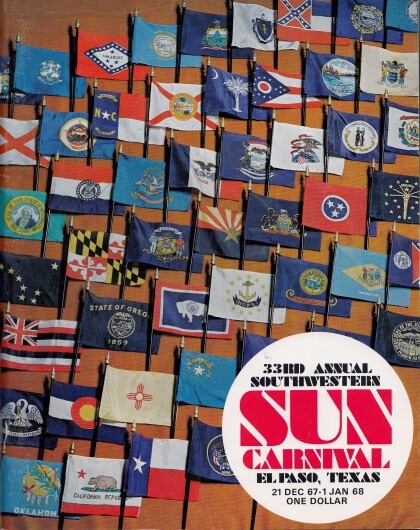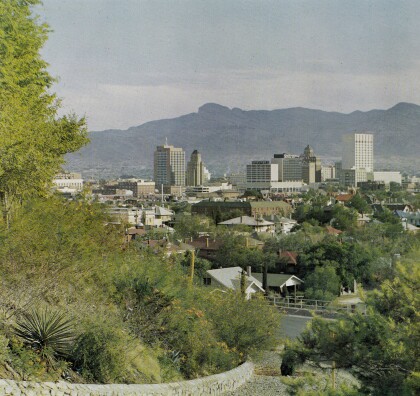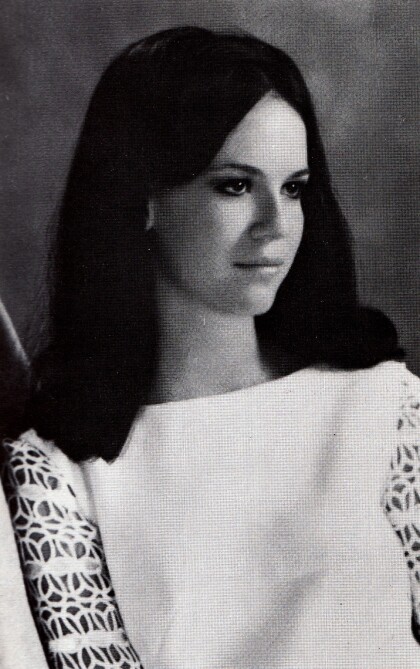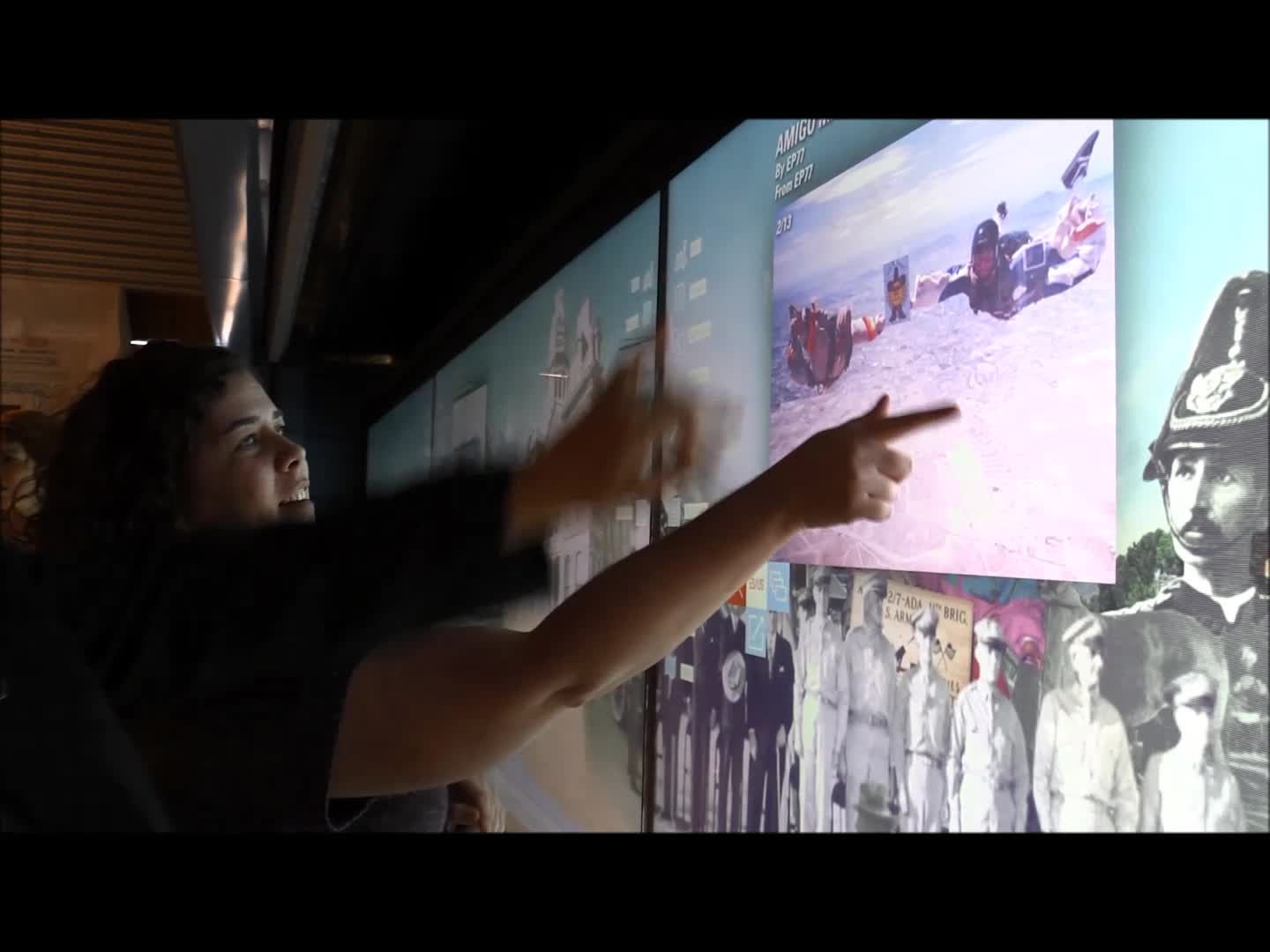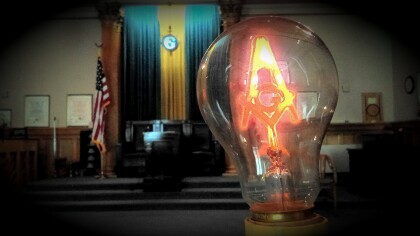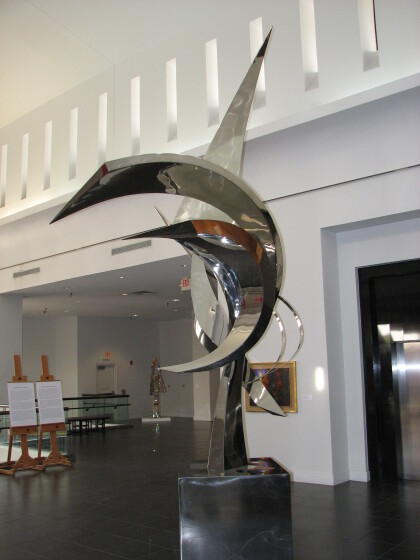Mapping Inequality & Reclaiming Place – Demolition of a Neighborhood

Mapping Inequality & Reclaiming Place – Demolition of a Neighborhood
In 1956, congress passed the Federal-Aid Highway Act and created a vast interstate highway network across the country. It encompassed a 41,000 system that connected populations of more than 100,000 residents. Completed in the 1990’s and at a cost of a hundred billion dollars, it profoundly changed the landscape of America and how citizens travel and conduct business.
Interstate 10 was one of the largest interstate highways built with a length of 2,500 miles. It spans from Jacksonville, Florida to Santa Monica, California. Interstate 10 made its way through El Paso in the early 1960’s. Much of the interstate would cut through existing El Paso neighborhoods such as Lincoln Park, Rio Grande, Downtown and Sunset Heights. Large parcels of land were bought out and families left their homes. Much of this demolition happened in El Paso’s then Eastside which included Lincoln Park Neighborhood, the epicenter for El Paso’s African American community. A large amount of homes and businesses were lost despite a nationwide protest to save these communities from erasure and possible health hazards coming from construction and automobiles.
This map from the “Mapping Inequality” project documents redlining in El Paso. Dating back to the 1930s, redlining was a widespread, discriminatory practice that started during the New Deal-era when the United States government began offering government-insured mortgages to prevent mass foreclosures during the Great Depression. As the program grew, the government began adding qualifications to who could qualify for these mortgages based on the value and location of homes. Color-coded maps were used to evaluate the risk associated with the loan and, across the United States, Black and other non-white neighborhoods were consistently deemed high risk and circled with a red line. By labeling these areas high risk, banks and other mortgage agencies were able to deny loans to people of color. Though redlining was ultimately deemed illegal under the Fair Housing Act of 1968, its effects are still felt today. Redlining inhibited families from upward economic mobility during an era of unprecedented economic growth post-WWII and also restricted movement within cities.
As a result, the majority of El Paso’s historic Black homes and businesses are located within these redlined areas. A current list of identified locations is available here on Google Maps: https://maps.app.goo.gl/4DW2ao2WTipU58G27
This object is currently on view in the El Paso Museum of History's newest exhibition Still We Rise: El Paso's Black Experience on view until January 2024.
Report this entry
More from the same community-collection
Bank of the West obtains state charter, El Paso,TX 1989.
1989: Bank of the West is granted charter by Texas Banking ...
Bank of the West Officially Opens
1990: Bank of the West opens with 13 staff members in a small ...
Bank of the West Moves to New Headquarters
1993: The former First Financial/MeraBank building is purchased ...
Larry L. Patton Named President of Bank of the West
1999: Larry L. Patton, current President and CEO, is named ...
Rick Francis Named Bank of the West Chairman- El Paso, Texas
2007: L. Frederick “Rick” Francis succeeds Jonathan W. ...
Bank of the West Grows to Over $600 Million in Assets
2005: After 15 years, Bank of the West has over $616 million in ...
Bank of the West Celebrates 20 Years
2010: Celebrating its 20th anniversary, Bank of the West now has ...
Bank of the West Celebrates 10th Anniversary
2000: Bank of the West celebrates its 10th anniversary. It has ...
Bank of the West Named Best-Performing Community Bank
2011: WestStar Bank Holding Co., Inc. (parent company of Bank of ...
Bank of the West Changes Name to WestStar Bank
2012: Bank of the West changes its name to WestStar Bank. The ...
WestStar Bank Named 14th Best Performing Community Bank in U.S.
2013: WestStar Bank receives the ranking of 14th Best Performing ...
WestStar Bank Named 10th Top Performing Midsize Bank
2014: WestStar Bank is named 10th Top Performing Midsize Bank in ...
1969 Sun Parade Float "Pinocchio"
1969 First place Sun Parade winner "Pinocchio" going through the ...
Cover of the 33rd Annual Southwestern Sun Carnival Program
Since 1936, New Years in El Paso has been rung in by the Sun ...
1967-1968 Sun Carnival Lady-In-Waiting Myra Flory Daugherty
18 year old Myra Flory Daugherty was Lady-In-Waiting during the ...
